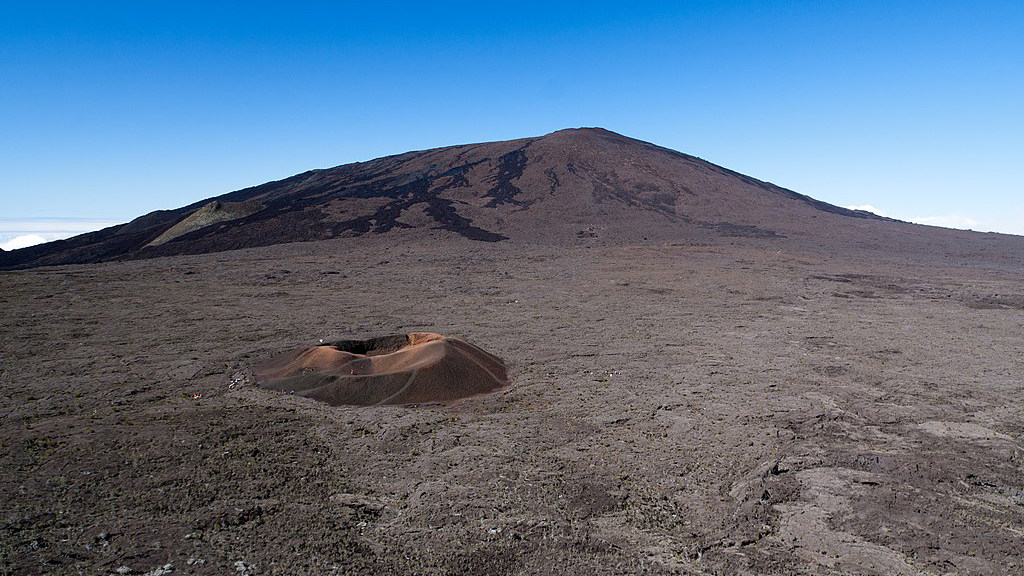The world's most famous active volcanoes

The images we are seeing during these days of the volcanic eruption on the Spanish island of La Palma are impressive. On the one hand, we are witnessing with a mixture of attraction and terror the power of nature in the form of magma and lava that destroys everything in its path relentlessly, but with a slowness that only causes more anguish and frustration. On the other hand, we witness each of the personal dramas in the form of devastated homes whose memories are buried under tons of molten rock.
The geological time scale has nothing to do with the human scale and what for us is something that happens every long time, such as volcanic eruptions, really on the geological scale are very “frequent” and there are many areas in the world that can be defined as active volcanic areas, or what is the same, which has had an eruption in the last 10,000 years.
On a geological scale, volcanic activity is very frequent.
These episodes of volcanic activity cannot be accurately predicted and once a volcano begins to expel magma to the outside, the eruption can last from a few hours to several years, as was the case of the Pacaya and Irazú volcanoes.
The truth is that, although in Spain we are not very used to witness eruptive episodes, around the planet there are about 1000 active volcanoes and only in 2021 70 have erupted, of which 50 are currently active. In fact, in some countries people are relatively used to living with volcanoes, lava and ash.
70 volcanoes erupted worldwide in 2021 alone
In Spain, the existence of volcanoes is concentrated in the Canary Islands due to their volcanic origin, but along the Spanish Mediterranean coast and in Ciudad Real, there are numerous inactive or “dormant” volcanoes.
Here we show you the most important volcanoes in the world and how the type of lava conditions their different shapes.
Cumbre Vieja, Spain
Undoubtedly, the most famous volcano in the Canary Islands is the Teide, however, Cubre Vieja occupies our first position because of the prominence it has acquired in recent days with its recent eruption.
Volcanic activity in La Palma had not been witnessed since 1970 with the eruption of Teneguía.
In the case of volcanic eruptions in the Canary Islands, they are usually fissular and successive craters are formed instead of a single large cone.
We take advantage of this post to send all our support and encouragement to those affected.
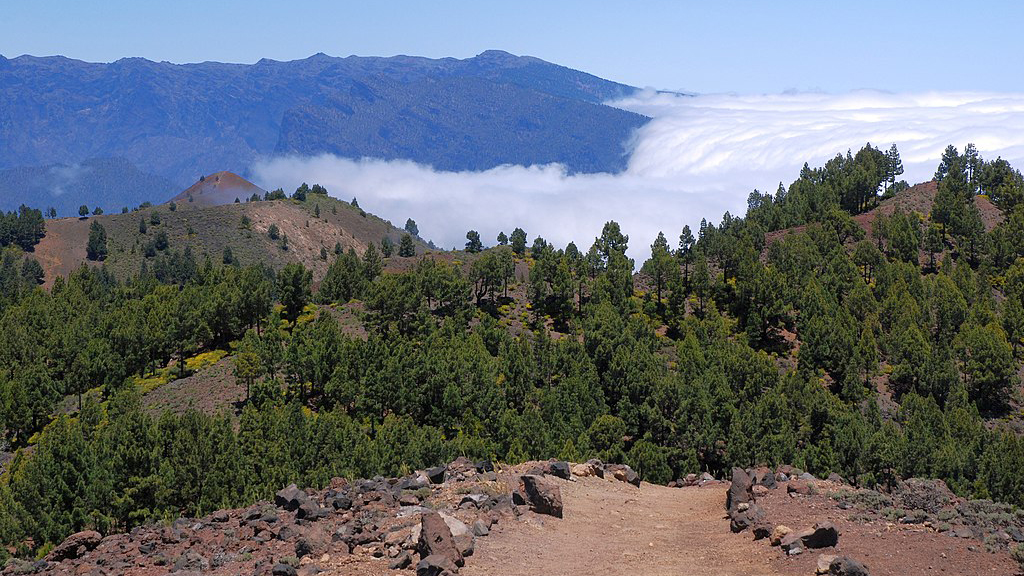
Etna, Italy
Mount Etna, at 3300 meters high, is the second most active volcano in the world. It is located in southern Italy on the east coast of Sicily.
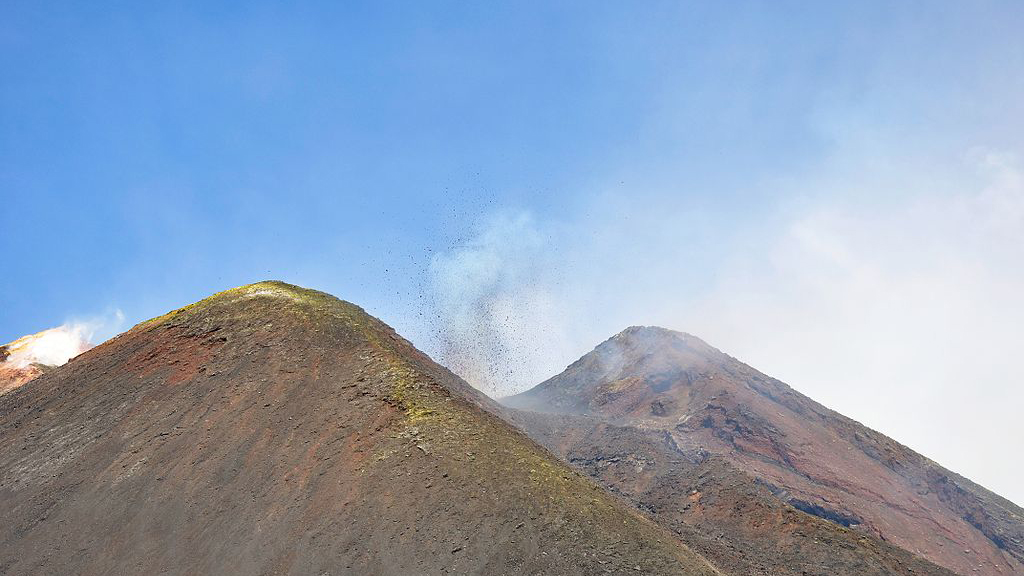
Vesuvius, Italy
Mount Vesuvius is located in front of the Italian city of Naples. It is one of the best known active volcanoes in the world as well as one of the most dangerous.
In 79 A.D. it razed the cities of Pompeii and Herculaneum.
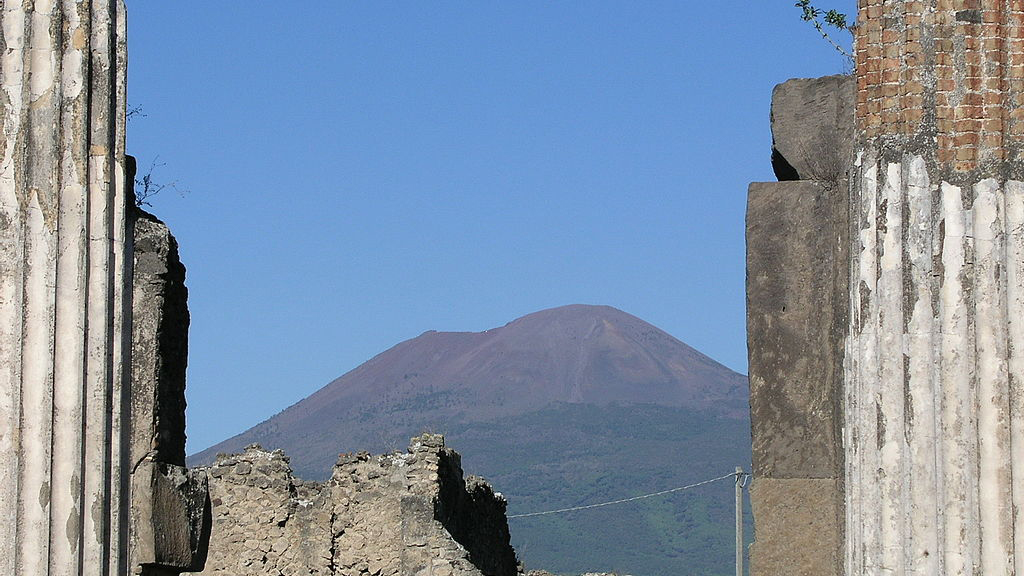
Stromboli, Italy
Also in the south of Italy, between the Aeolian islands, there is another important volcano that gives its name to a specific type of volcano, the Strombolian, to which type belongs precisely the Cumbre Vieja volcano.
It has been erupting almost continuously since the 1930s and volcanologists are concerned about a large gap in the volcano’s slope that could break away causing a large tsunami.
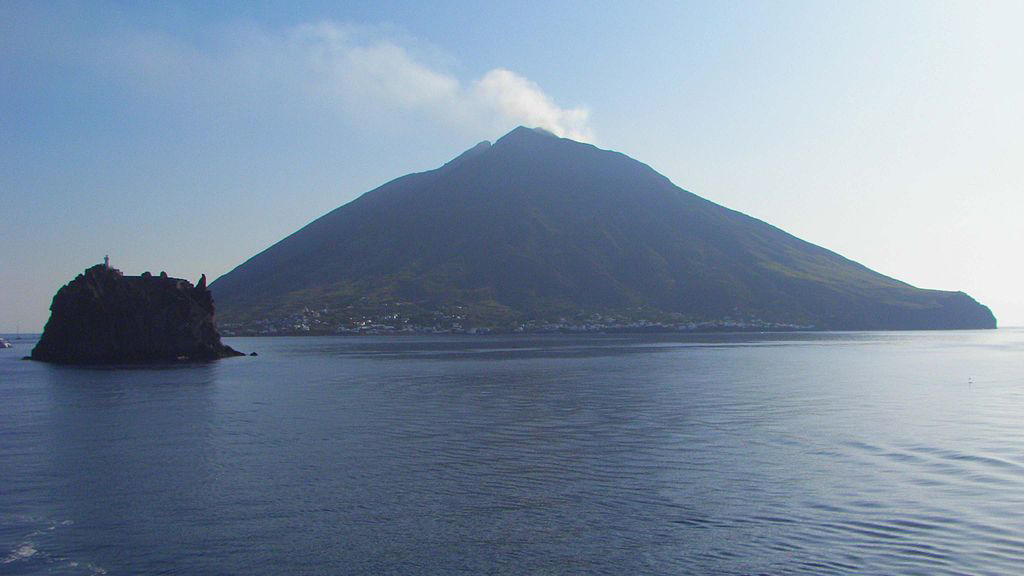
Eyjafjallajökull, Iceland
A volcano with one of the most unpronounceable names and has the honor of being the most famous volcano in Iceland. It is about 1700 meters high and at the foot has several glaciers.
It was very important in 2010 because the suspended ash that caused an eruption caused the closure of the airspace of almost twenty countries.
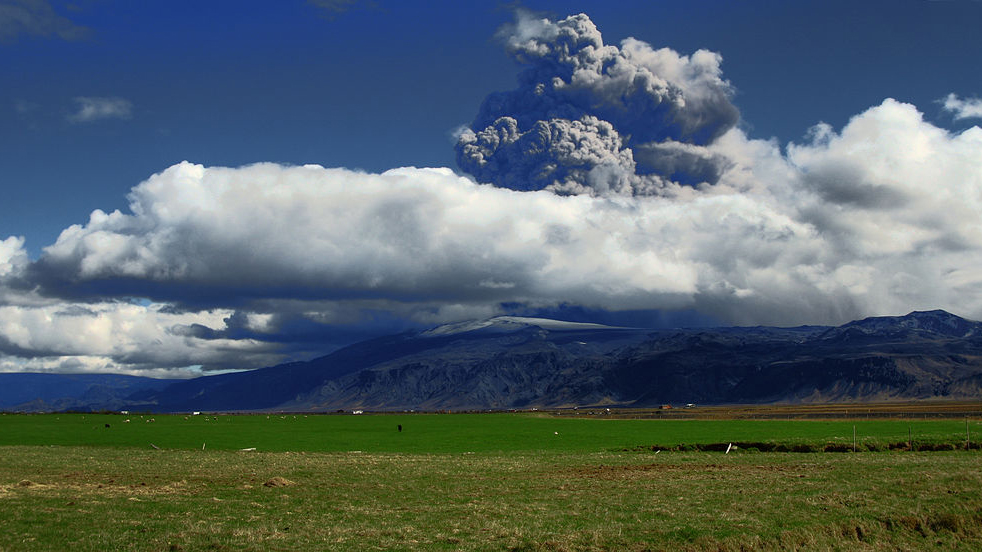
Kīlauea, Hawaii
Mount Kilauea is the most active volcano in Hawaii, an archipelago belonging to the United States that is very active volcanically and gives its name to another type of volcano, the Hawaiian volcano, which is characterized by a more liquid and fluid lava.
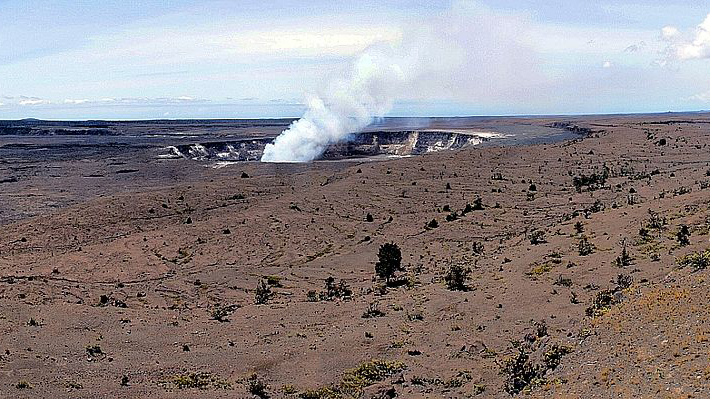
Mauna Loa, Hawaii
It is one of the largest volcanoes on earth and is one of the 5 volcanoes that exist in Hawaii. Its extension exceeds 5000 square kilometers occupying practically half of the island.
It is also considered one of the most active on the planet.
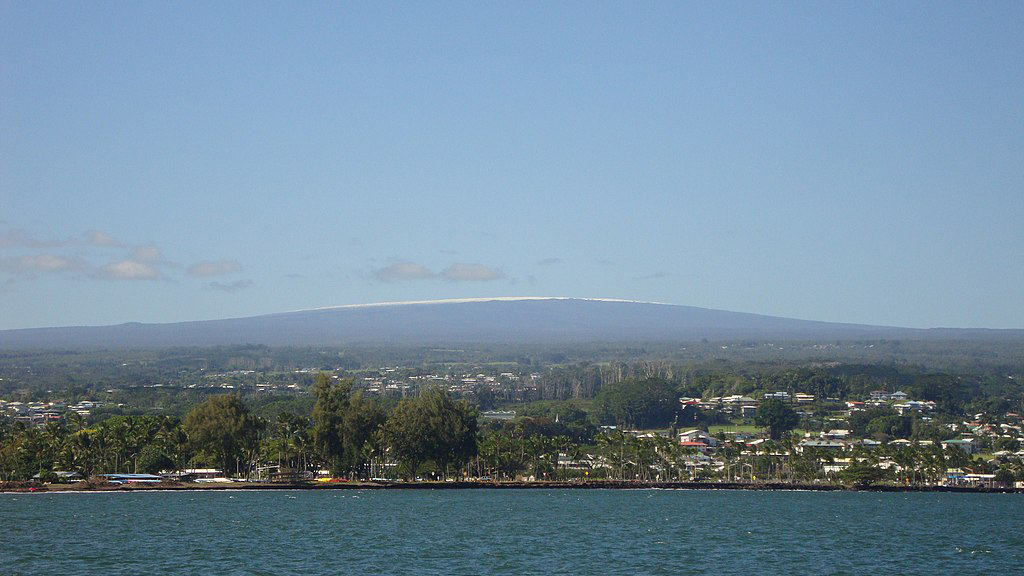
Mount Nyiragongo, Democratic Republic of the Congo
One of the most active volcanoes in the world, it has the largest lava lake of more than 200 meters in diameter.
The city of Goma, located at its foot, suffered an eruption in 2002 that destroyed thousands of homes.
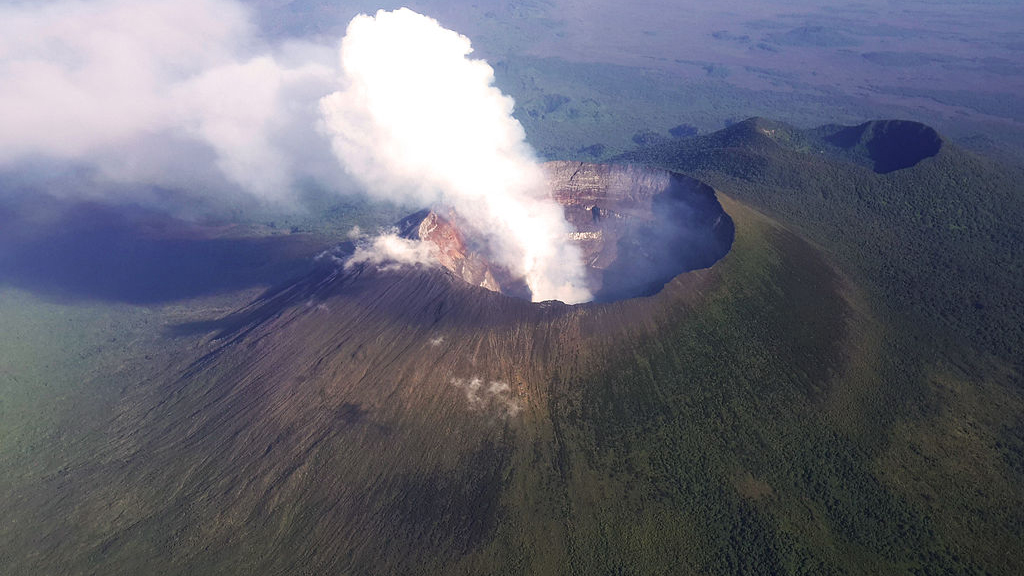
Mount Merapi, Indonesia
Another of the world’s most active volcanoes is located on the island of Java in what is known as the Pacific Ring of Fire.
It reaches almost 3,000 meters high and although the last eruptions in 2021 only lasted a few minutes, in its last major eruption in 2010, it took 300 lives.
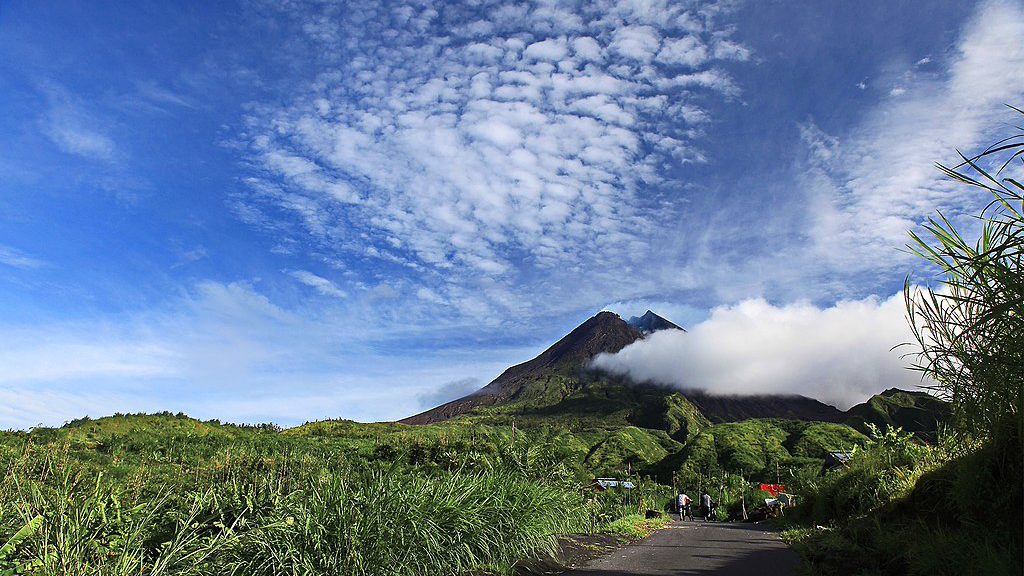
Krakatoa, Indonesia
One of the most lethal volcanoes in the world. The eruption it had in 2018 ended the lives of 440 people, but if we go back to the 1883 eruption, the tsunami it produced killed 36000 people.
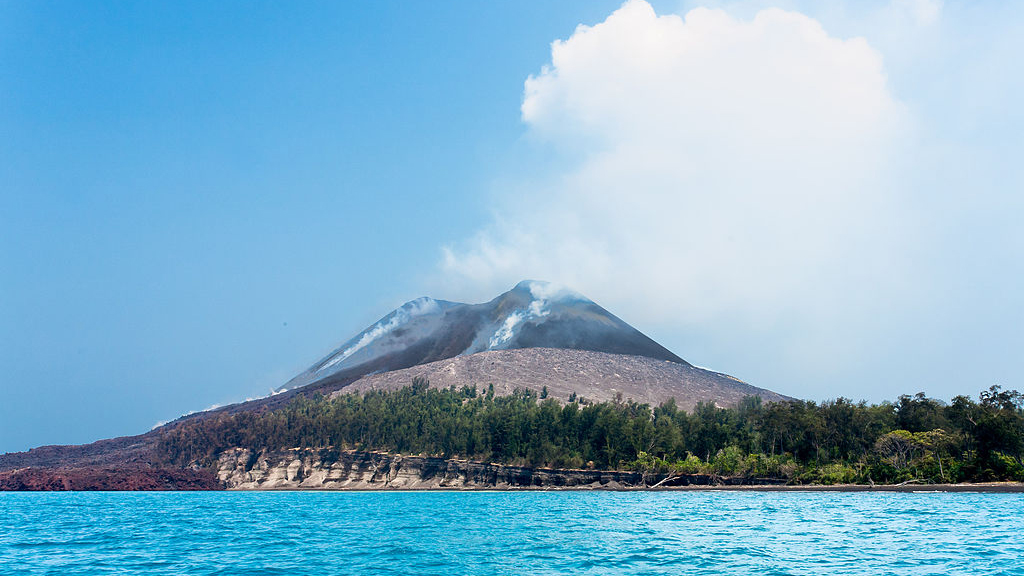
Sakurajima, Japan
Until 1914 Sakurajima was a Japanese island, but due to a large eruption, the lava formed an isthmus joining it to the Osumi Peninsula.
Since it resumed its activity in 1955 it has been almost continuously erupting and it is of concern that only a few kilometers away is the city of Kagoshima with 600,000 inhabitants.
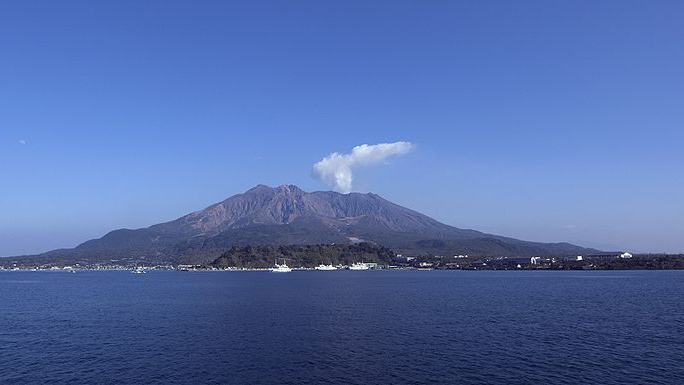
Mayon, Philippines
In its last major eruption in 2018, more than 60000 people had to be evacuated, fearing that the activity would be like with the 1841 eruption, when the volcano ended the lives of 1200 people.
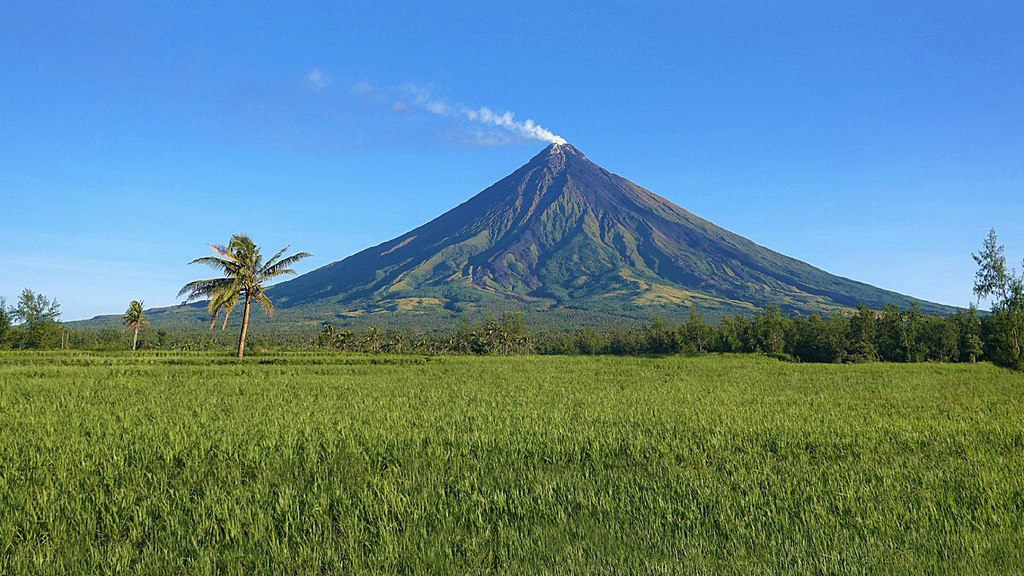
Fuego Volcano, Guatemala
With its 3700 meters high, it is one of the most impressive volcanoes in Central America. There is evidence of almost constant eruptions since the first chronicles after the discovery of America.
The last major eruption took place in 2008.
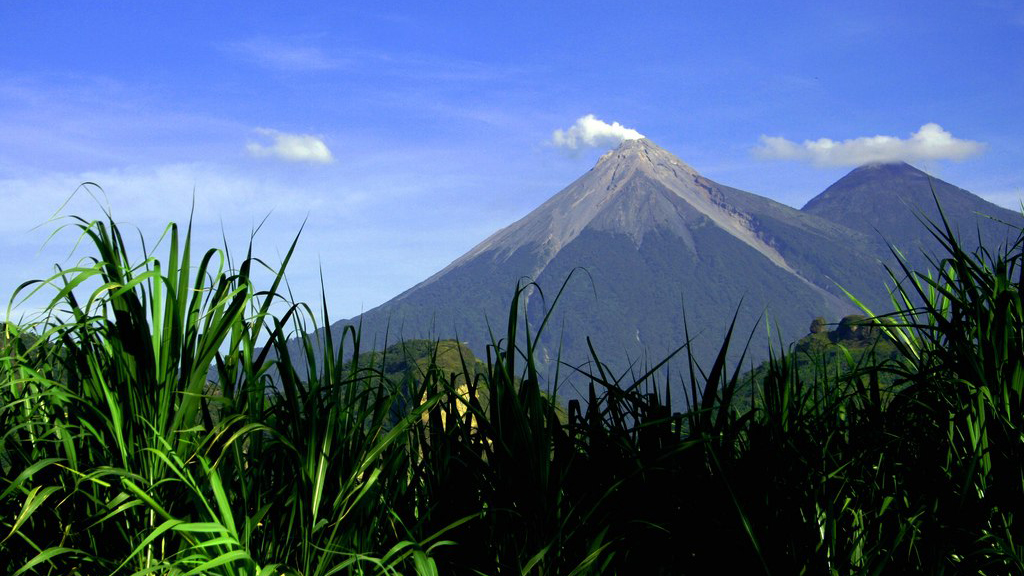
Galeras, Colombia
It is the most active volcano in Colombia and is part of the Andean Cordillera with an altitude of more than 4000 meters.
Although it is not a particularly dangerous volcano, the most worrying thing is the large number of people living a few kilometers away.
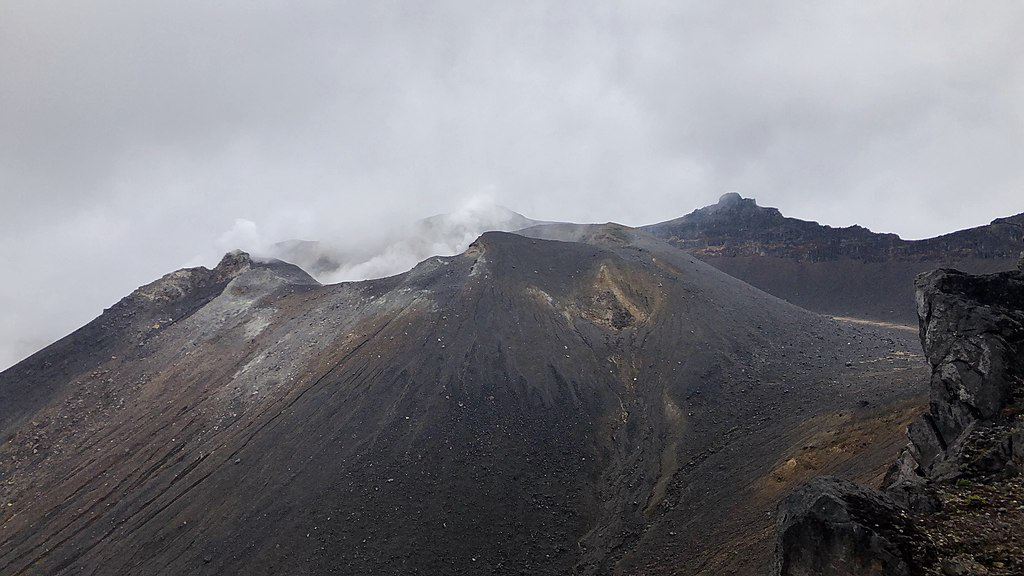
Piton de la Fournaise, Reunion Island
Located on the French island of La Reunion, in the Indian Ocean, it has an altitude of 2600 meters and is declared a World Heritage Site by Unesco.
It is one of the most active volcanoes in the world and eruptions are recorded approximately every 9 months, although the last major eruption took place in 2007.
